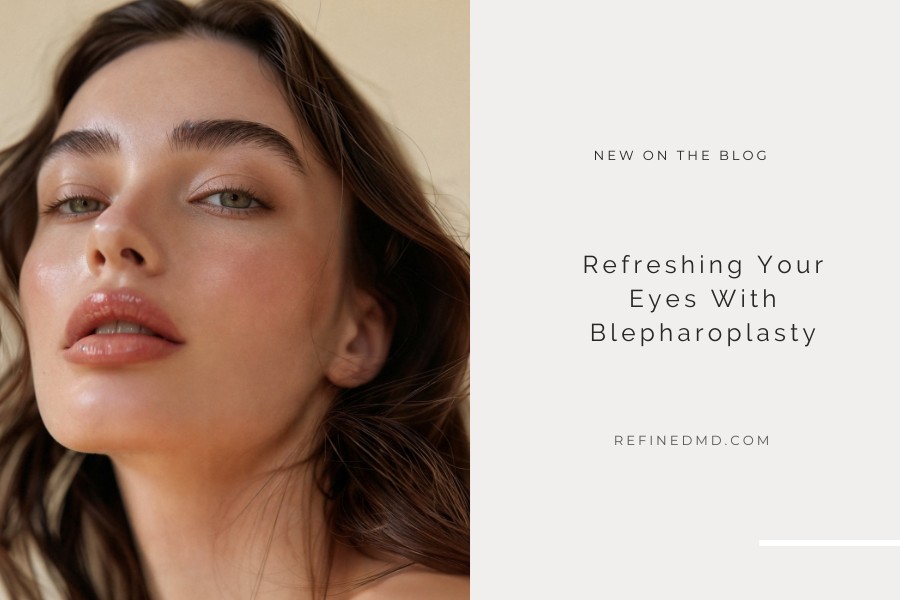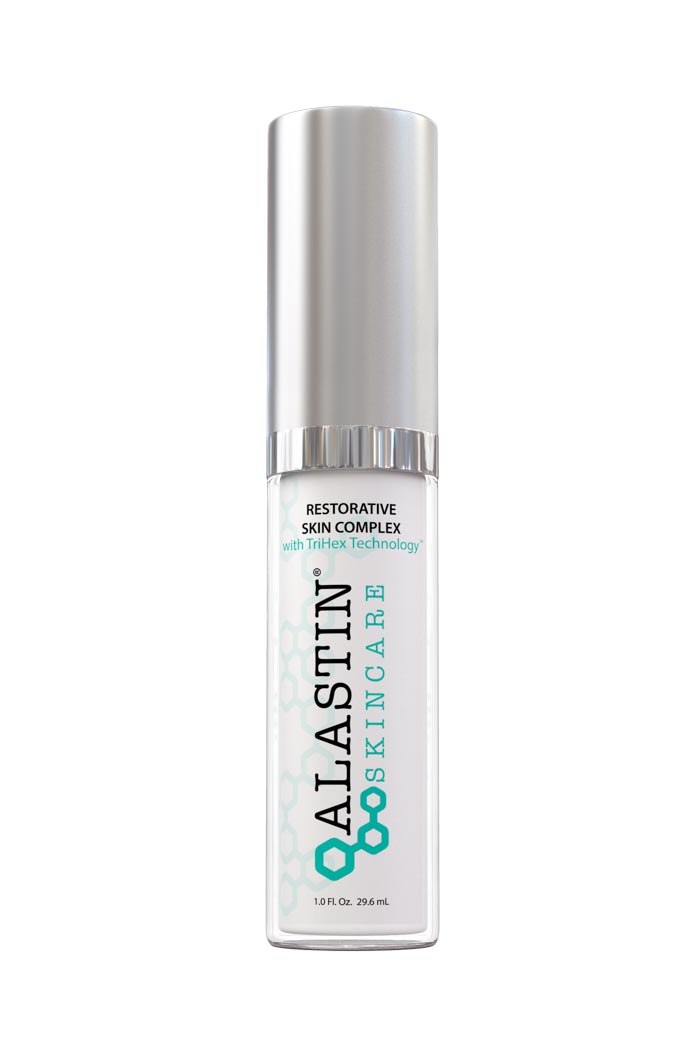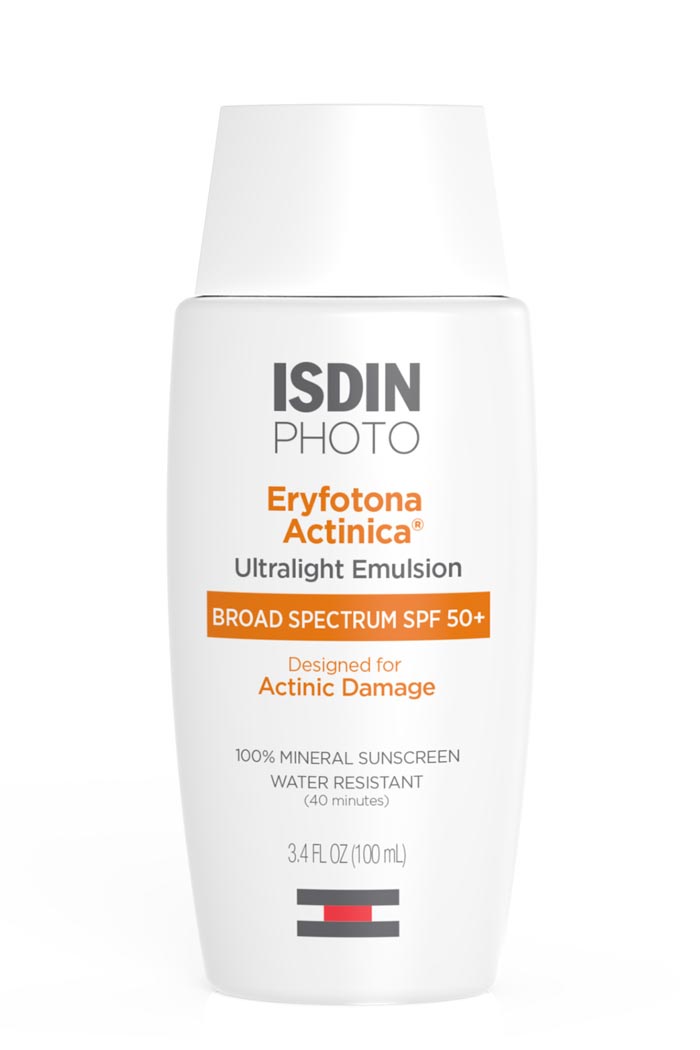
25 Nov Refreshing Your Eyes With Blepharoplasty
Blepharoplasty, or eyelid surgery, remains one of the most powerful yet subtle ways to refresh the upper face and help you look more alert, rested, and youthful. In modern practice, eyelid work is about balance and precision—how much to remove (or reposition), where to protect structure, and how to ensure the outcome blends seamlessly with the rest of your face.
Whether your goal is to reduce hooding of the upper lids, diminish puffiness under the eyes, or better define the eyelid crease, blepharoplasty offers functional and aesthetic gains. Many patients are surprised to learn that the eyes—not the cheeks or lips—are often the first features others notice when communicating. Done well, eyelid surgery should vanish into your expression: improved without ever seeming “done.”
Recent advances and evidence in eyelid surgery
A newly published systematic review and meta-analysis in Plastic and Reconstructive Surgery Global Open looked at outcomes after upper blepharoplasty and confirmed significant reductions in dry eye symptoms compared with preoperative status. Interestingly, the review found that whether surgeons excised muscle in addition to skin or spared the muscle made little difference in patient satisfaction; however, more aggressive approaches did carry a higher risk of lagophthalmos (incomplete eyelid closure) postoperatively. Muscle-sparing techniques appear to offer a smarter safety margin while maintaining excellent results.
On the lower lid side, a thorough literature review of 2025 showed that lower blepharoplasty maintains a strong safety profile with low complication rates overall. Serious adverse events are rare when surgeons respect anatomy, plan carefully, and tailor techniques to each patient’s needs. That same review highlights that the key to success lies in patient selection, delicate tissue handling, and meticulous postoperative care.
One intriguing innovation emerging in 2025 is the minimally invasive eyelid lift technique (MINEL), which emphasizes skin preservation. Early data suggest that this technique may reduce downtime while maintaining pleasing aesthetic outcomes, making it an appealing option for patients wary of longer recoveries.
A recent clinical report in The Aesthetic Society also described a “modified transconjunctival lower blepharoplasty with levator manipulation,” which showed improved eye opening and resolution of functional complaints in patients with lower lid laxity. These findings reinforce that lower eyelid surgery is evolving, with more refined, less disruptive options coming into use.
What to expect from surgery and recovery
After upper or lower eyelid surgery, common early symptoms include swelling, bruising, tightness, and mild discomfort. These usually begin to fade by day 7 to 10, with most patients feeling comfortable returning to social settings and light work by that time—though subtle swelling can persist for several weeks. Vision is typically unaffected, though your surgeon may recommend cold compresses, lubricating drops, and elevation in the initial days.
Proper care and patient commitment make a difference. Gentle massage (when allowed), sun protection, and following scar-care instructions all help the healing process. Many surgeons advise avoiding strenuous activity or bending for three to four weeks, especially for lower-lid work, to prevent fluid accumulation and traction on delicate tissues. Over months, the eyelid tissues settle, scars soften, and your final contour reveals itself.
Patient stories in beauty publications often echo this trajectory: the first few days feel dramatic, but by the third or fourth week, subtle transformation emerges. A recent Marie Claire feature described a woman in her fifties who combined eyelid surgery with a facelift and later said that most friends “couldn’t tell” she’d had anything done—just that she looked refreshed and more like herself.
Upper vs lower blepharoplasty: different goals, different techniques
Upper blepharoplasty is often more straightforward: excess skin (dermatochalasis) is trimmed, and sometimes orbicularis muscle or fat pads are addressed. The 2025 comparative study from Finland found that combining skin and muscle excision can be as safe as skin-only approaches, and may offer superior visual and aesthetic results—but with slightly higher risk of closure issues.
In contrast, lower blepharoplasty tends to be more nuanced. Many surgeons favor transconjunctival (inside-the-lid) access when possible, avoiding external scars and preserving support structures. In cases of pronounced fat bulging, fat repositioning or conservative fat removal may smooth the “tear trough” transition. Sometimes a small amount of pinch excision of skin or tightening of the lower lid support is necessary. The modified techniques reported in recent literature suggest we can be more aggressive yet safer in addressing functional and cosmetic lower lid issues.
Some surgeons now combine blepharoplasty with brow lift maneuvers when brow ptosis contributes to eyelid hooding. In a 2025 Scientific Reports study, a lateral brow lift plus upper blepharoplasty improved both brow position and eyelid aesthetics, with high patient satisfaction and minimal complications.
Safety, risks, and how outcomes depend on expertise
Blepharoplasty is widely considered safe, but complications can occur—lid malposition, asymmetry, hematoma, dry eye, eyelid lag, or contour irregularities. Reviews of the literature emphasize that a thorough preoperative assessment, conservative tissue removal, and attentive layer closure are essential to mitigate these risks.
The same meta-analysis that assessed upper eyelid surgery showed that more aggressive techniques (e.g. muscle removal) increased risks of lagophthalmos—so many surgeons now prioritize muscle-sparing methods when possible. The evidence suggests that subtle technique decisions can tip the balance between excellent outcomes and frustrating side effects.
Why you should consider Dr. Roy
Choosing a skilled, experienced surgeon is vital with eyelid work. In consultation with Dr. Sudeep Roy, he will examine your eyelid anatomy—including skin quality, fat distribution, eyelid laxity, and brow position—and recommend the most conservative yet effective plan. Whether upper, lower, or combined eyelid work, he applies advanced techniques while protecting function and contour.
Dr. Roy’s goal is consistency and natural results. He understands that eyelid changes are subtle but impactful—you want visible rejuvenation without overt signs of surgery. He customizes incision strategy, tissue handling, and closure to your anatomy and preferences, aiming for balanced, enduring results.
If tired eyes, hooding, or under-eye fullness have started to affect how you feel and how others see you, schedule a consultation with Dr. Sudeep Roy. Let us help you restore clarity and elegance around your eyes in a way that feels like you.

 Alastin Skincare Restorative Skin Complex
Alastin Skincare Restorative Skin Complex
 EltaMD PM Restore Moisturizer
EltaMD PM Restore Moisturizer
 ISDIN Eryfotona Actinica Ultralight Emulsion
ISDIN Eryfotona Actinica Ultralight Emulsion
 BioTE Iodine+
BioTE Iodine+